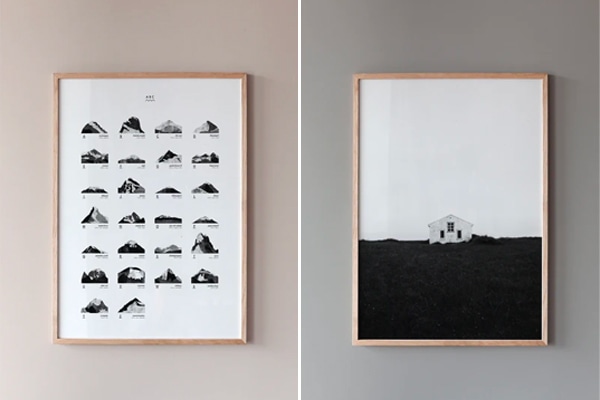Most of you probably know or have seen the CH24 wishbone chair designed by Hans Wegner for Carl Hansen & Son. Over the years, the wishbone chair, sometimes called y-chair has become a true icon of modern Danish design, and Hans Wegner is considered one of the most creative, innovative, and prolific Danish furniture designers.
Recently Carl Hansen & Son introduced the iconic dining chair in teak and I had the opportunity of trying out the new CH24 wishbone chairs in my own home.


The wishbone dining chair designed by Hans Wegner
Hans Wegner designed the first model of the Wishbone chair exclusively for Carl Hansen & Son in 1949 and the dining chair has been in continuous production ever since. With its unique form that combines the back-and armrest into a single piece, stability is given to the steam-bent top, while allowing for comfortable support.
The characteristic Y-shaped back that the wishbone chairs are named after is combined with elegant, tapered legs and a paper cord seat that can be complemented with a seat cushion.


The manufacturing requires more than 100 steps and the hand-woven seat alone with its’ 120 meters long paper cord and natural finish takes a skilled craftsman about an hour to create.
The solid wood Wishbone chair offers comfort and stability, combined with a distinct, elegant form and a modern design that has gained recognition as the ideal chair over the years.


A solid wood frame in teak and paper cord
I have tried out the CH24 wishbone chair in a lacquered version before, but the way the teak wood accentuates the curved backrest and complements the woven seat made out of a natural paper cord is so much more apparent in the teak version.
The teak wood frame adds warmth to the classic design of the Wishbone chair which is balanced out by the neutral tone of the durable paper cord seat. The vibrant color of the teak has noticeable color variations in the natural black grains of the solid wood, making this version of the Wishbone chair so characterful and elegant.
I have used the teak wishbone chair in both my office and as a dining chair and I love the way the design complements the original herringbone hardwood flooring in my apartment while standing out against the white color palette I have in my interior.


Teak wood was used in CH24 wishbone chairs from the 1950s-1960s
The first Wishbone chairs produces in the 1950s-1960s were made out of teak wood, which gave them their much-loved intense color. As the popularity of Wegner’s design grew, the use of tropical teak wood was replaced by Nordic wood types like oak and beech.
In the past 70 years, however, teak forestry has changed dramatically and it’s now possible to source teak wood from responsibly managed forests. This makes it possible to responsibly produce the wishbone chair in its original solid wood frame again like Hans Wegner first imagined.
Teak wood is very strong and stable and has a vibrant color that elegantly changes during its lifetime from orange to a reddish-brown hue. The black grain of the wood results in a dynamic expression that stays beautiful due to its natural content of oil.


CH327 table in teak with oak details
Along with the release of the wishbone chairs in teak, Carl Hansen reintroduced the CH327 dining table in teak wood as well, which allows you to complete your dining room setting. Also designed by Hans Weger, the CH327 dining table has a table top that appears to float above a refined frame featuring impeccable carvings and joints.
The dining table is now introduced in teak with oak details and a design aesthetic that complements wonderfully with the wishbone chair.


*This blog post was written in collaboration with Carl Hansen & Son, however as always, my opinions are my own.



